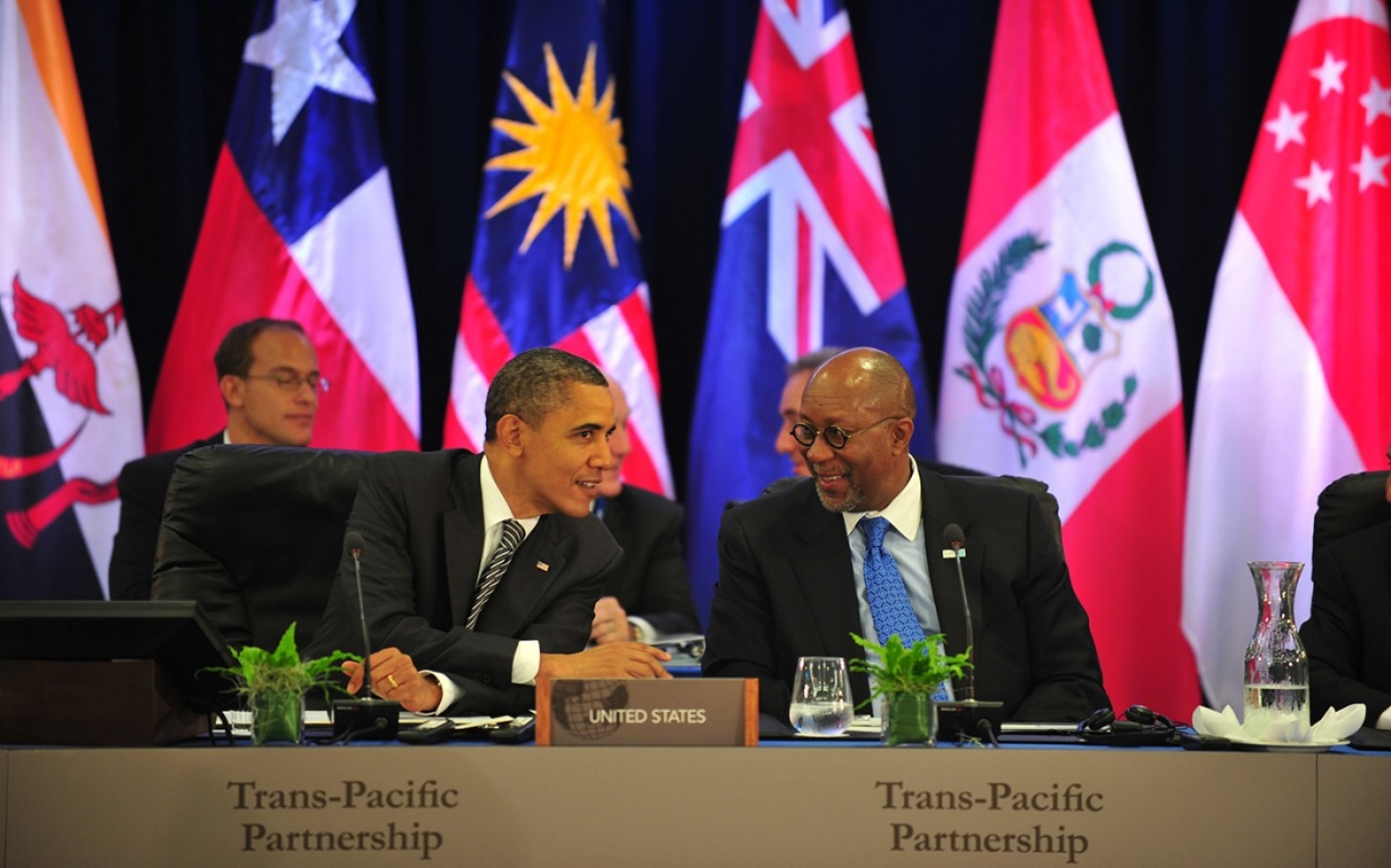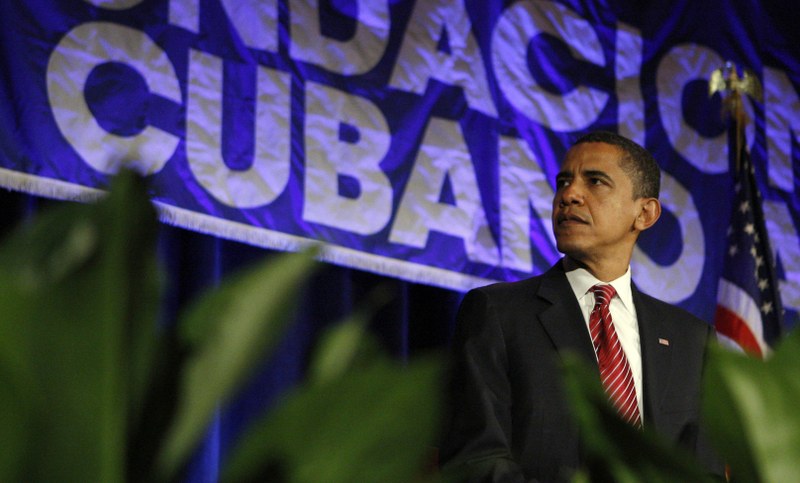By: Chenee Tracey

Cuba is stepping out into the world of capitalism by opening up a free-trade zone and port on the coast of Mariel. This is the same capitalist world where only five communist countries still survive.
Brazilian President, Dilma Rouseff, is funding the Port Mariel project, which she believes will be “a symbol of [Cuba’s and Brazil’s] lasting friendship.” Investing upwards of $957 million, Brazil has a large stake in this port and the potential profits that Cuba’s new free trade zone will garner. However, this zone will not be entirely free, as it is severely restricted by lasting U.S. trade embargoes.
Ever since Fidel Castro gained power in 1959 and began implementing communist ideals – seizing private industries and nationalizing companies – the United States has responded with trade restrictions that have crippled the Cuban economy. The United States has tried countless times to rid Cuba of communism, but to no avail.
Starting with the Bay of Pigs Invasion in 1961, the United States planned to use Cubans to initiate a coup and eventually oust the Communist regime. Cuban support was severely underestimated, however, and the United States’ forces surrendered within 24 hours. Thoroughly embarrassed, President Kennedy decided that a more targeted strike was necessary. He then spearheaded Operation Mongoose – a government covert operation to assassinate Fidel Castro – which also failed, raising questions of morality within the U.S. government.
Soon after the Bay of Pigs and Operation Mongoose, The Cuban Missile Crisis brought tension between the East and West to an unforeseen level. After the discovery of Soviet missile bases in Cuba, the United States realized that the Cold War was hitting too close to home. The standoff lasted for 13 days, and after tense negotiations, the USSR and the United States agreed to a mutually assured deconstruction of the military bases.
On the heels of this diffused conflict, the United States decided to hit Cuba where the country would hurt the most—its pockets—in order to make one last attempt to topple Cuba’s government. The following string of embargoes hit Cuba hard. Implemented in 1962 the first embargo, in response to the nationalization of all U.S. assets in Cuba, effectively removed all private business endeavors. Cuba then began to rely heavily on the Soviet Union – which proved to be fatal when the Soviet Union fell.
Soon after the end of the Cold War in 1992, the Cuban Democracy Act was signed into law. With its main goal being to convince Cuba to become a democracy, the act served to justify the use of embargoes as economic warfare towards Cuba. Soon after, Cuban forces shot down an American aircraft, which destroyed any sympathy for Cuba within the U.S. government. In 1995, the Helms-Burton Act, better known as the Cuban Liberty and Democratic Solidarity Act (LIBERTAD), strengthened sanctions on Cuba after this event.
The Helms-Burton Act was the final volley, as the United States forbade Cuba from participating in international trade agreements and financial institutions. Potential investors were, and still are, reluctant to invest in Cuba, because the Helms-Burton Act places sanctions on those who do business with Cuba, decreasing the amount of business Cuba receives. This act cripples Cuba’s economy with the hope that Cubans will revolt and support a transitional government.
But how effective have these embargoes been in ridding Cuba of communism? The country’s education and literacy rates are the highest in Latin America, boasting a solid 99.8 percent. As of January 2014, unemployment rates are at 3.3 percent, and wages are steadily rising. While these conditions seem ideal, the government still has a chokehold on Cuban private life. Private businesses are taxed heavily and given unfair treatment compared to state-run enterprises. Additionally, transportation systems are nothing to brag about. A mixture of American embargoes and Cuban import policies allow few new vehicles to enter Cuba. Cuban policies require obtaining permission to buy vehicles from the state, effectively decreasing private car dealerships’ sales. These international and domestic restrictions led to outdated vehicles and transportation systems in Cuba.
In October 2013, the United Nations voted for the United States to remove the trade embargoes toward Cuba, but the United States has not heeded this overwhelming opposition. Cuba states, “The human damages caused by the economic, commercial and financial blockade imposed by the United States against Cuba are incalculable.” As a superpower within the international community, the United States has leverage to influence other countries’ endeavors. With U.S. embargoes still in place, the port and free trade zone in Port Mariel might not have the ability to thrive in the way that Brazil and Cuba expect. How close is the United States to lifting this embargo?
Edward Alex Lee, a U.S. State Department official, has stated that a “fundamental change” must occur in Cuba before the United States even considers repealing its embargoes. As a result, addressing human rights violations and creating a transitional democratic government should be high on Cuba’s list of priorities. Recently, Raúl Castro has made strides to privatize Cuba’s economy and decrease the influence of the government in private lives, but this is only the beginning.
In 2009, the Obama administration gave Cuba some leeway and lifted travel restrictions on Cuban Americans. The former restrictions stated that U.S citizens could not visit Cuban relatives more than once every three years, and they placed limits on the amount of money U.S. citizens could send to their relatives in Cuba. Now, not only are U.S. citizens taking advantage of these new freedoms, but academic institutions, such as The University of Georgia, are as well. A new Maymester program (deadline is Feb. 15), which is organized between the Department of Romance Languages and the Franklin College of Arts and Sciences, will send a second set of students this summer. The program will give UGA students the opportunity to travel to Cuba and take courses in this previously restricted portion of the world. Countless universities are creating summer programs for their students to enjoy Cuba.
Risking its image, along with pressure from international institutions, such as the United Nations, the Obama administration promises to improve relations with Cuba and “end the embargo against Cuba.” The Castro administration’s new privatization efforts – new ports and a free trade zone – might lead the United States to work with Cuba, removing sanctions and ending communism in the Western Hemisphere. The economic pressures of U.S. trade embargoes have finally pushed Cuba to re-evaluate its communist doctrine and work with the United States to boost it’s economy and improve life within its borders.
“For us in Russia, communism is a dead dog, while for many people in the West, it is still a living lion,” stated Aleksandr Solshenitsyn, a Russian and anti-communist. Now no longer a serious threat, the United States strives to cooperate with Cuba and end the restrictive trade embargoes.

